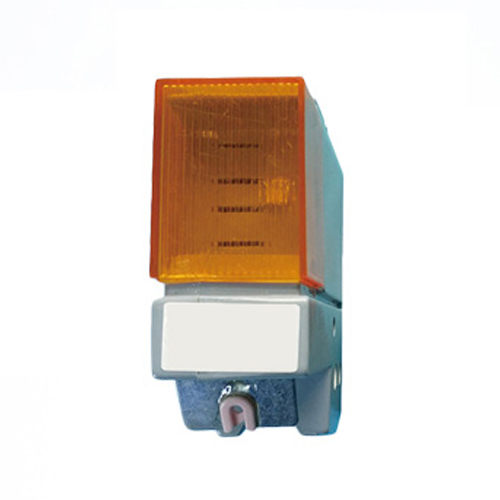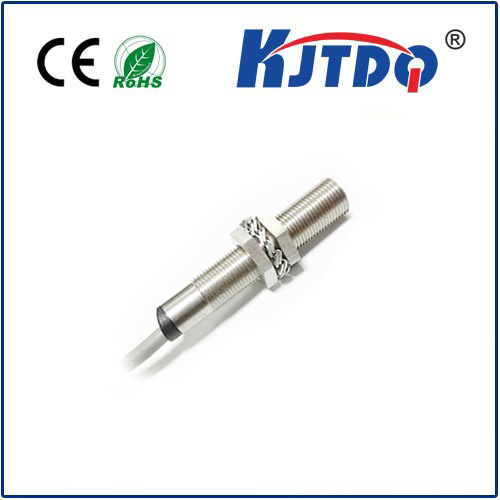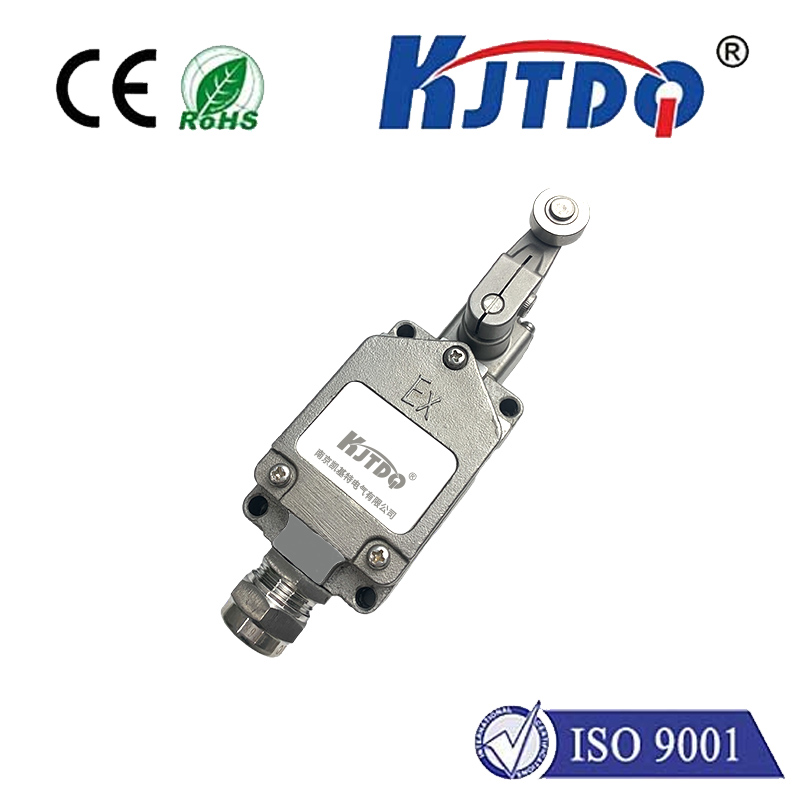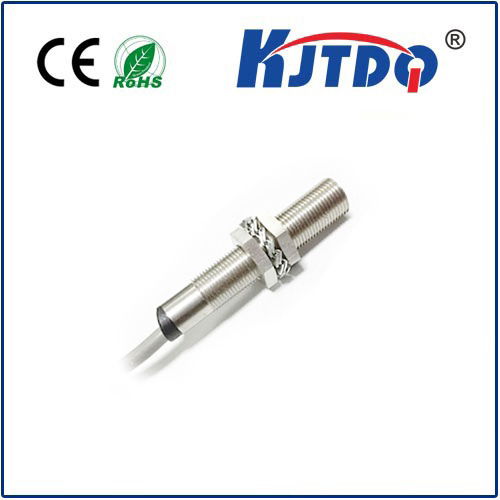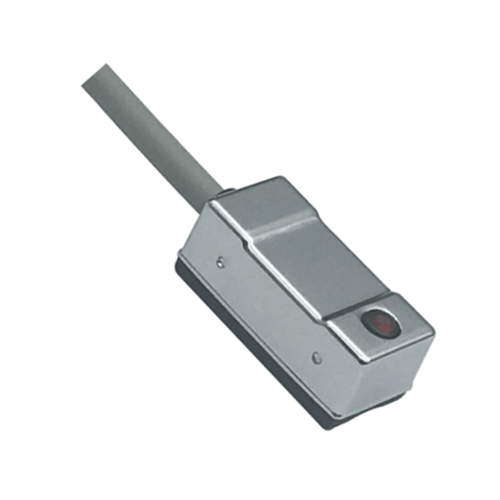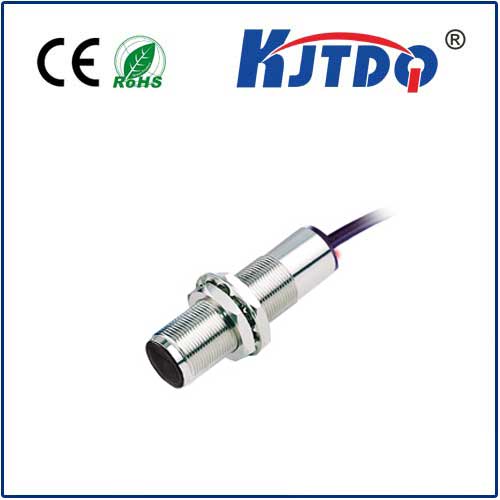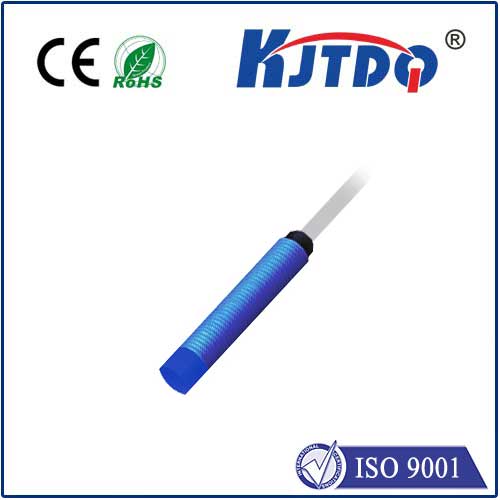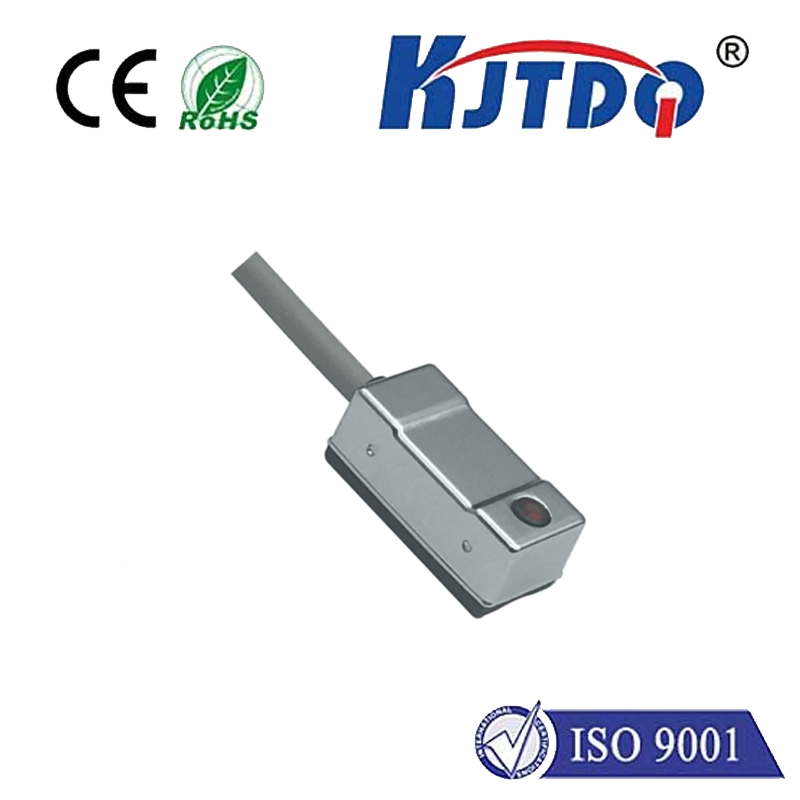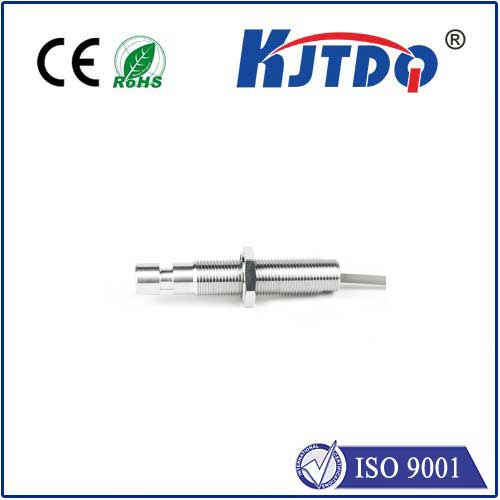120v proximity switch
- time:2025-06-12 21:07:55
- Click:0
The Essential Guide to 120v Proximity Switches: Powering Reliable Industrial Sensing
Imagine a bustling factory floor: robotic arms move with precision, conveyor belts hum, and safety systems vigilantly guard operations. Amidst this orchestrated chaos, countless unseen sentinels work tirelessly. One such critical component, often operating silently in the background, is the 120v proximity switch. But what exactly is this device, and why is its specific voltage significant for so many industrial applications? Understanding its function and benefits is key to appreciating its role in modern automation.
What is a 120v Proximity Switch?
At its core, a proximity switch (or proximity sensor) is an electronic device designed to detect the presence, absence, or distance of an object without physical contact. This non-contact sensing offers significant advantages over mechanical limit switches, eliminating wear and tear caused by repeated physical impacts. A 120v proximity switch specifically operates on a 120-volt alternating current (AC) power supply. This voltage level is the standard mains voltage prevalent in residential and, crucially, many commercial and industrial settings across North America and other regions. Its widespread availability makes integration straightforward and cost-effective.
How Do 120v Proximity Switches Work?

While different technologies exist (inductive, capacitive, photoelectric, ultrasonic), inductive proximity sensors are the most common type encountered in 120v industrial settings. Here’s the basic principle:
- Oscillator: Inside the sensor face, an oscillator generates a high-frequency electromagnetic field.
- Target Influence: When a metallic object (the “target” – typically ferrous metals like iron or steel, but sometimes non-ferrous depending on sensor design) enters this field, eddy currents are induced on the target’s surface.
- Dampening Effect: These eddy currents draw energy from the oscillator circuit, causing a reduction in its oscillation amplitude.
- Signal Processing: An internal circuit monitors this amplitude change. Once the amplitude drops below a preset threshold (indicating the target is within the defined sensing range), the circuit triggers the switch.
- Output: The 120v proximity switch changes its output state. It typically provides either a Normally Open (NO) or Normally Closed (NC) relay contact or a solid-state output capable of switching the 120V AC load directly. This signal is then used to control machines, indicate object presence, trigger counters, or initiate safety sequences.
Key Advantages of 120v Proximity Switches
Why choose a proximity sensor operating at 120 volts AC? The benefits are compelling for industrial environments:
- Non-Contact Operation: The most significant advantage. No physical contact means no moving parts to wear out, ensuring exceptional longevity and eliminating mechanical failures. This translates to lower maintenance costs and higher reliability.
- High Reliability & Speed: Solid-state designs enable very fast response times and high switching frequencies, making them ideal for high-speed production lines and precise positioning tasks.
- Robustness: Designed for harsh industrial environments, quality 120v proximity switches boast impressive resistance to dust, dirt, moisture, oils, vibrations, and electrical noise. They are often housed in rugged materials like stainless steel or nickel-plated brass.
- Simplified Wiring: Direct AC Switching: Their ability to directly switch standard 120V AC loads simplifies control panel design. There’s often no need for an additional relay or power supply to interface with common industrial actuators (solenoids, small motors, pilot lights) or controllers expecting an AC input. This reduces component count and wiring complexity.
- Long Sensing Ranges: Compared to lower-voltage DC sensors, 120v proximity switches often offer longer sensing ranges for the same physical size, providing greater installation flexibility.
- Wide Industry Adoption: The prevalence of 120V AC power facilitates easy sourcing, replacement, and integration into existing industrial control systems across many sectors.
Common Industrial Applications
The versatility and reliability of 120v proximity switches make them ubiquitous across numerous industries:
- Manufacturing Automation: Detecting parts on conveyors, monitoring spindle position on CNC machines, verifying robotic arm end positions, counting products, confirming cylinder position (piston rod detection), and controlling palletizers/depalletizers.
- Material Handling: Sensing package presence on sorting lines, detecting bin levels (especially for metallic containers), position verification on lifts and hoists, and controlling gate operations.
- Packaging Machinery: Verifying cap presence, detecting filled containers, monitoring film or foil position, and confirming case sealing.
- Food & Beverage Processing: Position detection on filling lines (using suitable washdown-rated sensors), monitoring conveyor flow, and verifying position in mixing/blending equipment.
- Automotive Assembly: Verifying part presence for welding, robotic assembly, and paint booths; checking door, hood, or trunk closure; and position sensing on automated guided vehicles (AGVs).
- Building Automation: Monitoring door positions on large industrial doors or elevators, detecting parking garage barriers, and controlling security gates.
- Safety Circuits: Serving as interlock sensors on guards or access doors to halt machinery when opened, contributing to critical safety functions.
Choosing the Right 120v Proximity Switch
Selecting the optimal sensor requires considering several factors beyond just voltage:
- Sensing Technology: Inductive (metal targets only), Capacitive (metal, plastic, liquid, wood), Photoelectric (light beams, various targets), Ultrasonic (sound waves, distance measurement). Inductive is the go-to for general metallic object detection.
- Sensing Range: The maximum distance at which the sensor reliably detects the target. Choose based on the application gap needed. Always respect the specified nominal range and consider derating for safety.
- Output Configuration: Normally Open (NO) or Normally Closed (NC)? Solid-state Triac (AC) or Relay contact? Ensure it matches the load requirements (voltage, current, AC/DC) of the device being controlled.
- Housing Material & Shape: Cylindrical (threaded barrels) or rectangular blocks? Stainless steel for corrosive environments? Plastic for cost-sensitive non-harsh areas? Size constraints matter.
- Connection Type: Pre-wired cables, quick-disconnect plugs (M8, M12), or terminal blocks? Consider ease of installation and maintenance.
- IP Rating: Ingress Protection rating indicates resistance to dust and water. IP67 is common for washdown or outdoor use; IP65 often suffices for general factory environments.
- Electrical Ratings: Confirm the sensor’s switching capacity (voltage and current) meets or exceeds the requirements of the connected load.
- Response Time/Frequency: Critical for high-speed applications. Ensure the sensor can keep up with the required detection speed.
- Operating Temperature Range: Ensure the sensor is rated for the environmental temperatures it will encounter.
The widespread adoption of 120v proximity switches underscores their fundamental role in






